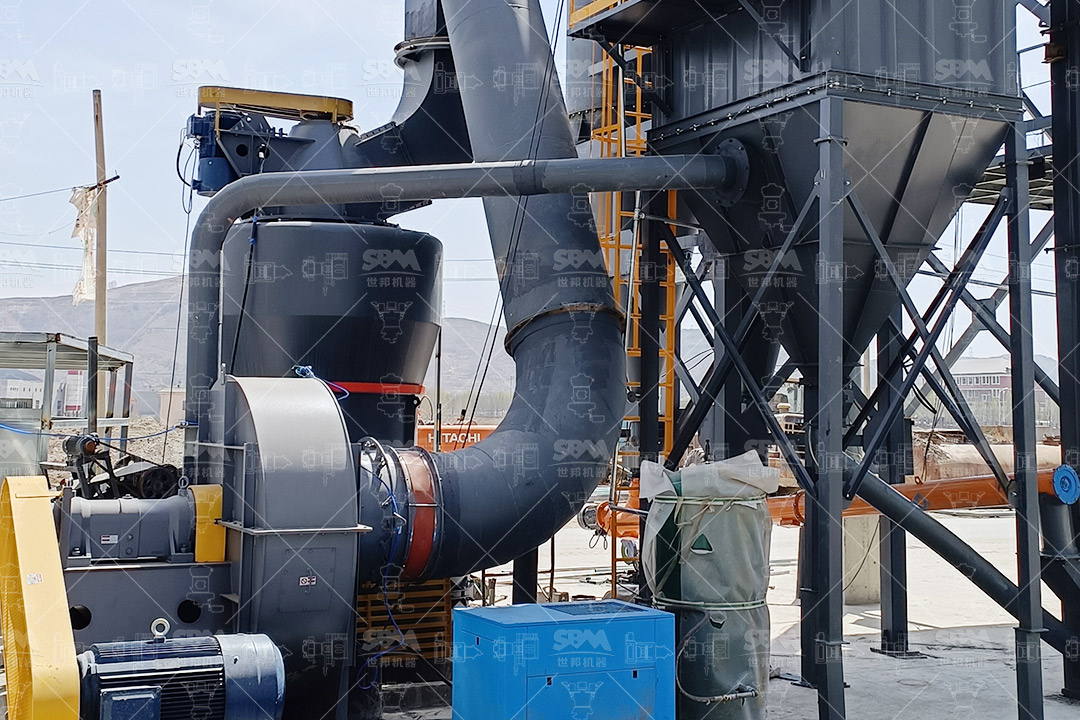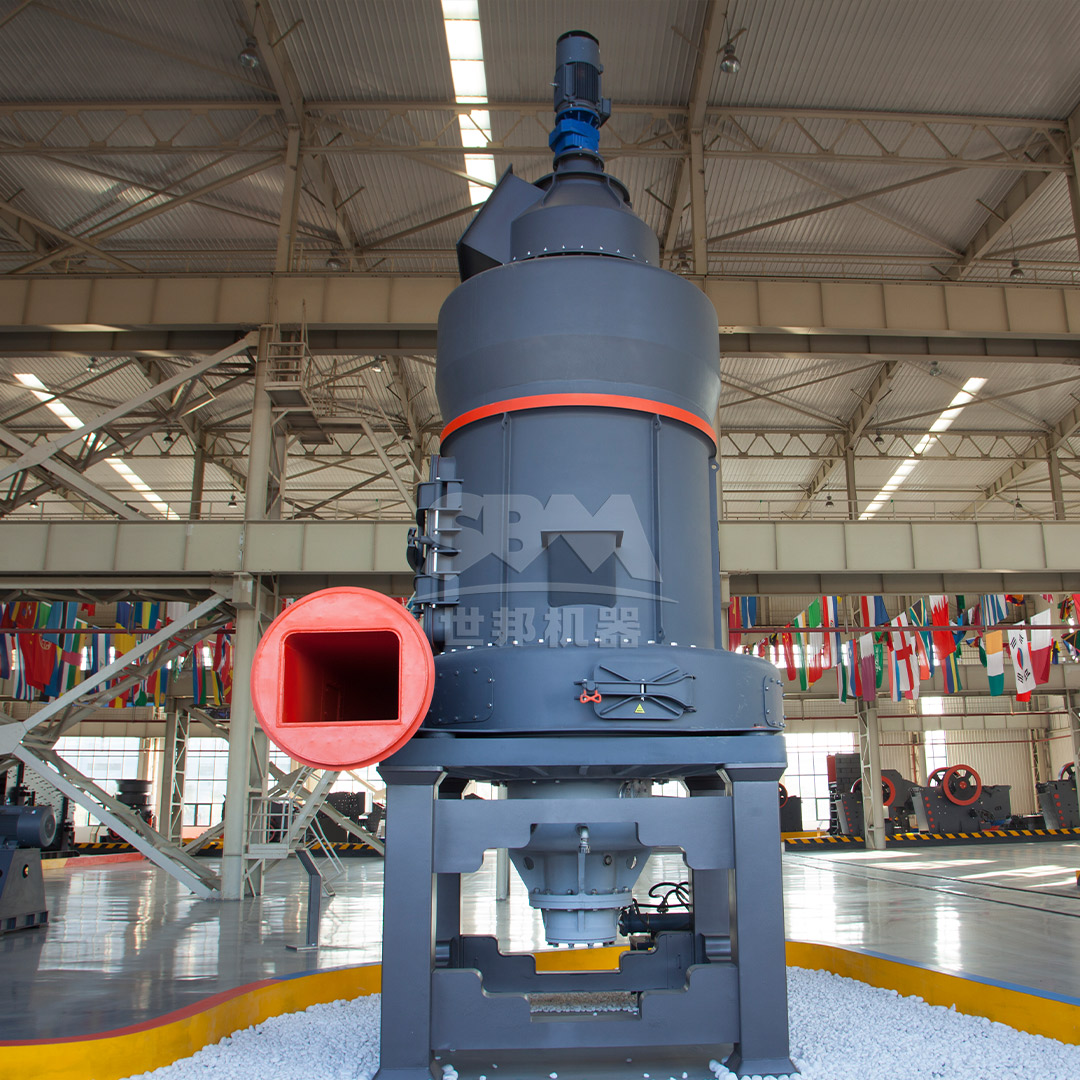The production of decorative stone powder requires precision engineering and advanced milling technology to achieve the fine, consistent particles demanded by various industries. Marble grinding mills transform raw marble blocks into exquisite powders used in cosmetics, paints, plastics, and construction materials. This article explores the critical role of specialized grinding equipment in achieving superior product quality while maintaining operational efficiency.

Producing high-quality marble powder demands equipment capable of handling several critical parameters: particle size distribution, production capacity, energy consumption, and environmental compliance. The ideal grinding system must deliver precise particle sizing while minimizing heat generation that could alter marble’s chemical properties.
For applications requiring extremely fine marble powders (below 10μm), specialized mills must employ advanced classification systems and precision grinding mechanisms. These systems typically incorporate multiple grinding stages and sophisticated air classification technology to achieve narrow particle size distributions.

Modern marble grinding mills incorporate energy-saving technologies that significantly reduce power consumption compared to traditional systems. Advanced motor designs, optimized grinding kinematics, and intelligent control systems contribute to reducing energy requirements by 30-40% while maintaining production output.
For producers targeting the high-end market requiring ultra-fine marble powders, we recommend our SCM Series Ultrafine Mill. This advanced grinding system delivers exceptional performance with output fineness ranging from 325 to 2500 mesh (D97 ≤5μm). The mill’s innovative design features a vertical turbine classification system that ensures precise particle size control without coarse powder contamination.
Key advantages for marble processing include:
With capacity ranging from 0.5 to 25 tons per hour depending on model selection, the SCM series accommodates both small-scale specialty production and large-volume industrial applications. The mill’s unique three-ring grinding mechanism combined with its advanced classification system makes it ideal for producing the brilliant white powders demanded by the premium coatings and plastics industries.
| Model | Processing Capacity (ton/h) | Main Motor Power (kW) | Input Size (mm) | Output Fineness (mesh) |
|---|---|---|---|---|
| SCM800 | 0.5-4.5 | 75 | 0-20 | 325-2500 |
| SCM900 | 0.8-6.5 | 90 | 0-20 | 325-2500 |
| SCM1000 | 1.0-8.5 | 132 | 0-20 | 325-2500 |
| SCM1250 | 2.5-14 | 185 | 0-20 | 325-2500 |
| SCM1680 | 5.0-25 | 315 | 0-20 | 325-2500 |
For operations requiring flexible production capabilities across a range of powder fineness levels, our MTW Series Trapezium Mill offers exceptional versatility. Processing marble with input sizes up to 50mm, this mill produces powders from 30 to 325 mesh (0.038mm) with capacities ranging from 3 to 45 tons per hour.
The MTW series incorporates several innovative features specifically beneficial for marble processing:
This mill’s working principle involves the main motor driving grinding rollers that revolve around the central axis while rotating themselves, generating centrifugal force. Shovel blades throw material between the grinding ring and rollers where efficient crushing occurs through compression, with the classification system precisely controlling final particle size.

| Technology | Optimal Fineness Range | Energy Efficiency | Maintenance Requirements | Best Application |
|---|---|---|---|---|
| Ultrafine Mills | 325-2500 mesh | High | Moderate | Cosmetics, Premium coatings |
| Trapezium Mills | 30-325 mesh | Very High | Low | Construction, Plastics |
| Ball Mills | 0.074-0.8mm | Moderate | High | Coarse fillers, Cement |
| Vertical Roller Mills | 30-600 mesh | Excellent | Low-Moderate | Large-scale production |
Marble’s moisture content significantly impacts grinding efficiency and product quality. Optimal grinding occurs at moisture levels below 1.5%, requiring pre-drying systems for moisture-rich raw materials. Modern mills incorporate integrated drying capabilities using waste heat recovery systems to minimize energy consumption.
Maintaining marble’s brilliant white color requires meticulous contamination control throughout the grinding process. Ceramic-lined grinding chambers, high-purity grinding media, and advanced sealing systems prevent iron contamination that could discoloration the final product.
Modern marble grinding mills incorporate sophisticated dust collection technology meeting international emission standards. Pulse-jet baghouse filters with automatic cleaning systems ensure dust emissions remain below 20mg/m³, creating a safe working environment while maximizing product recovery.
Advanced acoustic engineering reduces operational noise to below 75dB through integrated sound damping materials, acoustic enclosures, and vibration isolation systems. This not only improves working conditions but also facilitates installation in urban environments.
The future of marble grinding technology points toward increasingly intelligent systems incorporating IoT connectivity, predictive maintenance algorithms, and fully automated operation. These advancements will further reduce energy consumption, improve product consistency, and minimize operational costs while meeting increasingly stringent environmental regulations.
As the decorative stone industry continues to evolve, grinding equipment manufacturers must innovate to provide solutions that address both current production needs and future market demands. The integration of artificial intelligence for real-time process optimization and the development of more sustainable grinding technologies represent the next frontier in marble powder production.